Growing Popularity of Functional Foods
The trend towards functional foods is a significant driver for the fructose market. Consumers are increasingly seeking products that offer health benefits beyond basic nutrition, and fructose is often incorporated into these formulations due to its natural origins and perceived health advantages. In 2025, the functional food market in the US is expected to surpass $300 billion, with fructose playing a crucial role in various applications, including energy bars and health drinks. This growing popularity suggests that fructose will continue to be a favored ingredient among manufacturers aiming to meet the demands of health-conscious consumers, thereby bolstering the fructose market.
Increased Awareness of Sugar Alternatives
The rising awareness regarding sugar alternatives is a critical driver for the fructose market. As consumers become more educated about the health risks associated with excessive sugar consumption, there is a marked shift towards alternative sweeteners, including fructose. This awareness is reflected in market trends, with a projected growth rate of 10% for fructose-based products in the US over the next five years. The fructose market is likely to benefit from this trend as consumers actively seek out products that offer lower sugar content without compromising on taste. This shift not only enhances the market potential for fructose but also encourages innovation in product development.
Rising Demand for Health-Conscious Products
The increasing consumer inclination towards health-conscious products is a pivotal driver in the fructose market. As individuals become more aware of the health implications of sugar consumption, there is a notable shift towards alternatives perceived as healthier. Fructose, often derived from natural sources, is gaining traction due to its lower glycemic index compared to traditional sugars. In 2025, the market for low-calorie sweeteners, including fructose, is projected to reach approximately $1.5 billion in the US, indicating a robust growth trajectory. This trend is further fueled by the food and beverage industry's response, as manufacturers reformulate products to cater to health-oriented consumers, thereby enhancing the fructose market's appeal.
Innovation in Food and Beverage Formulations
Innovation within the food and beverage sector significantly influences the fructose market. Companies are increasingly experimenting with fructose as a key ingredient in new product formulations, aiming to enhance flavor profiles while reducing caloric content. The versatility of fructose allows it to be utilized in a variety of applications, from soft drinks to baked goods. In 2025, it is estimated that the use of fructose in the beverage industry alone will account for over 30% of the total sweetener market share in the US. This innovation not only meets consumer demand for better-tasting, lower-calorie options but also positions fructose as a vital component in the evolving landscape of food science.
Regulatory Support for Healthier Ingredients
Regulatory frameworks in the US are increasingly supportive of healthier ingredient options, which positively impacts the fructose market. Agencies such as the FDA are promoting the use of natural sweeteners as part of broader public health initiatives aimed at reducing sugar intake. This regulatory environment encourages manufacturers to explore fructose as a viable alternative to high-fructose corn syrup and other synthetic sweeteners. As of 2025, it is anticipated that the market for fructose will benefit from these regulations, potentially leading to a 15% increase in adoption rates among food producers. This shift not only aligns with consumer preferences but also enhances the overall market landscape for fructose.


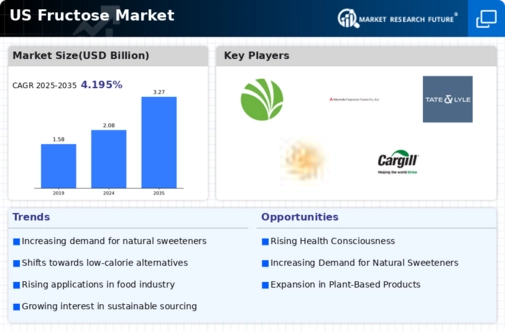
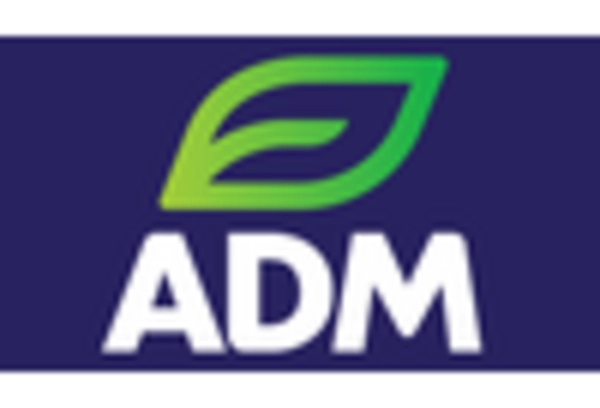
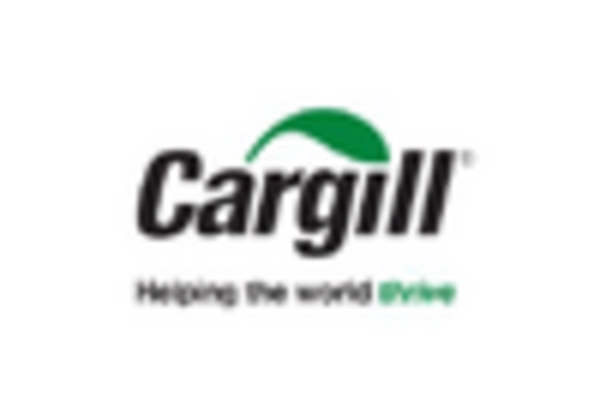
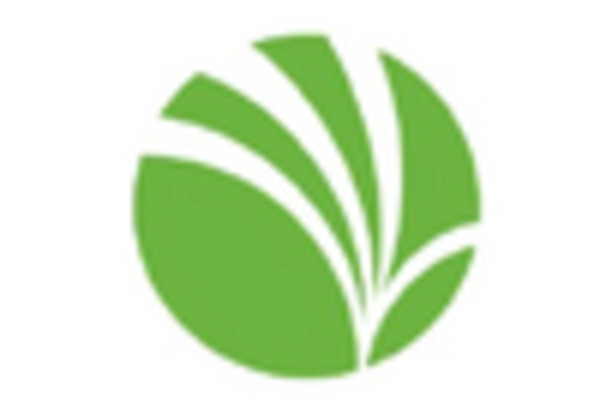
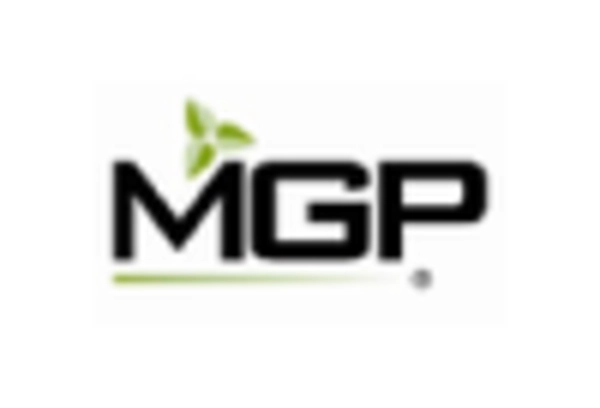
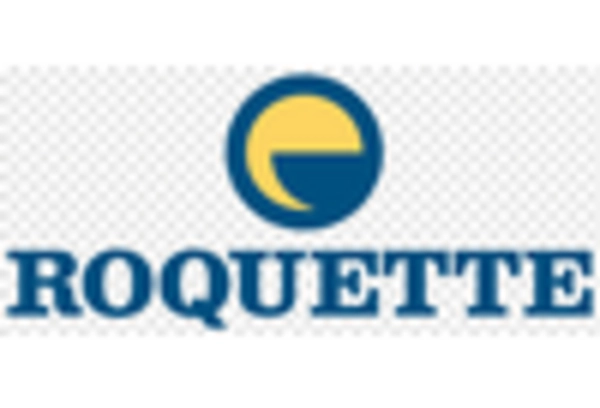
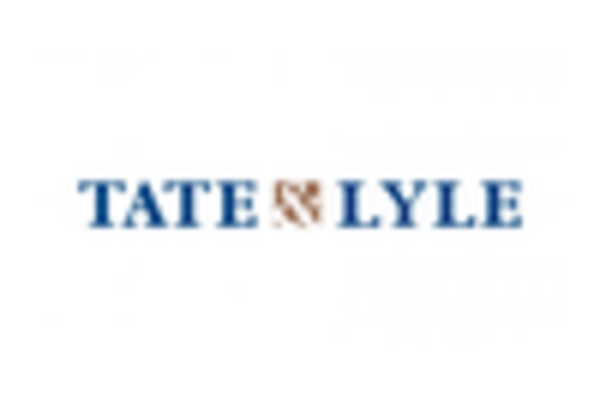








Leave a Comment